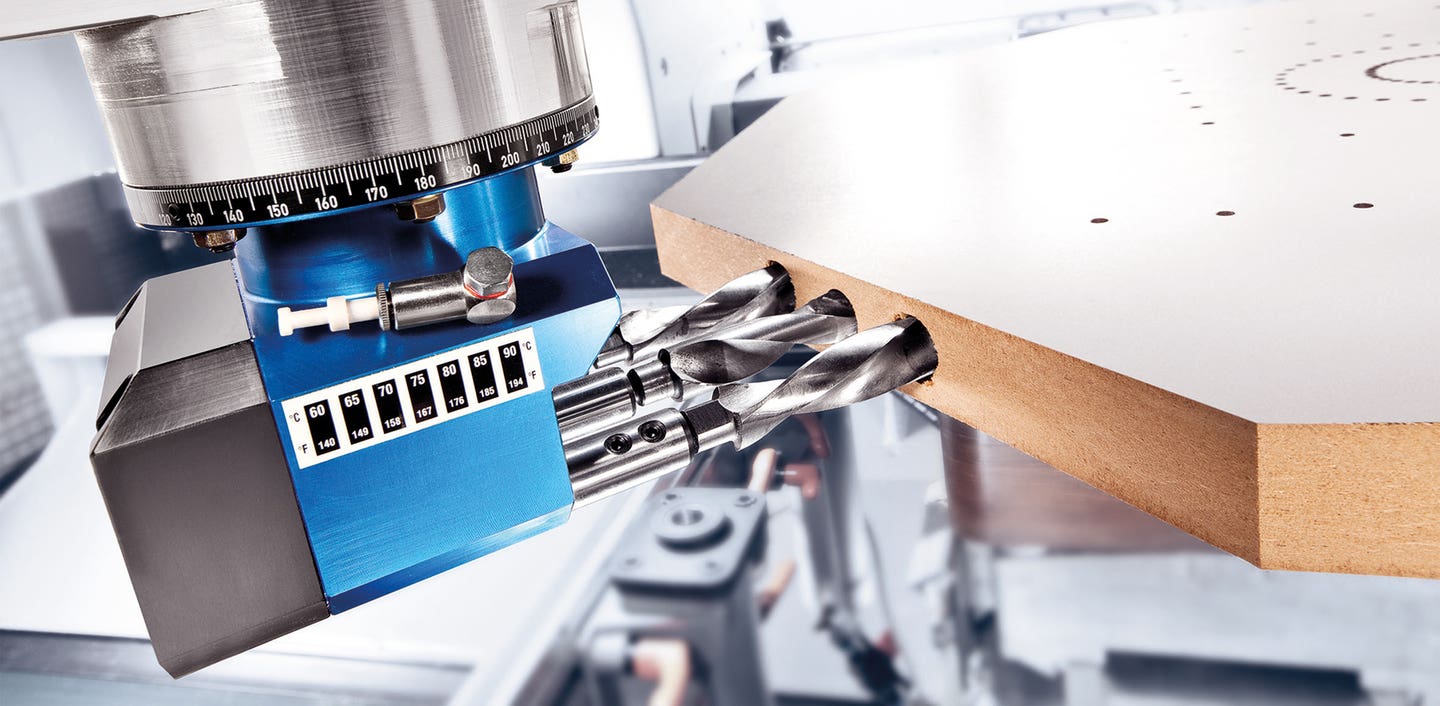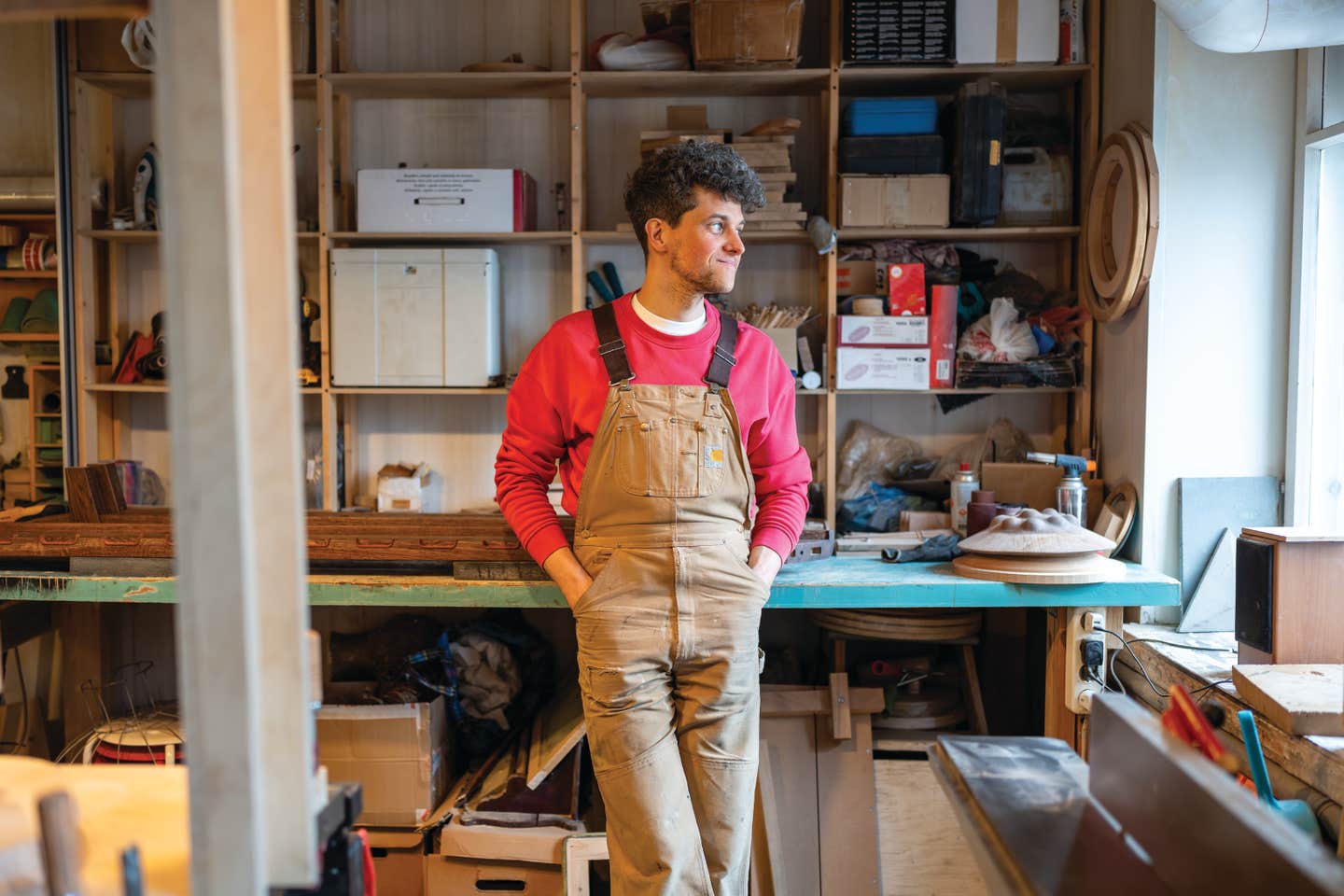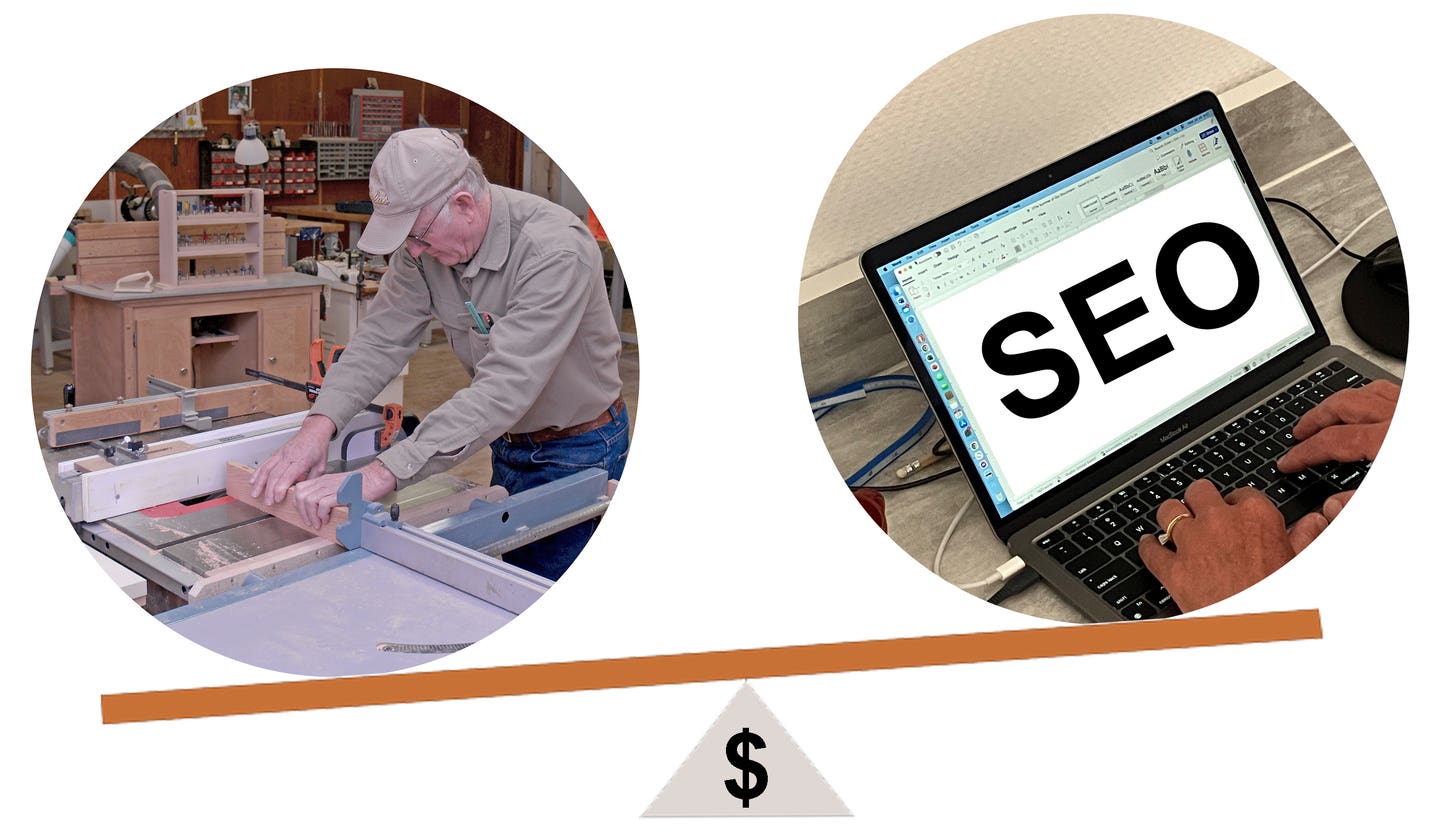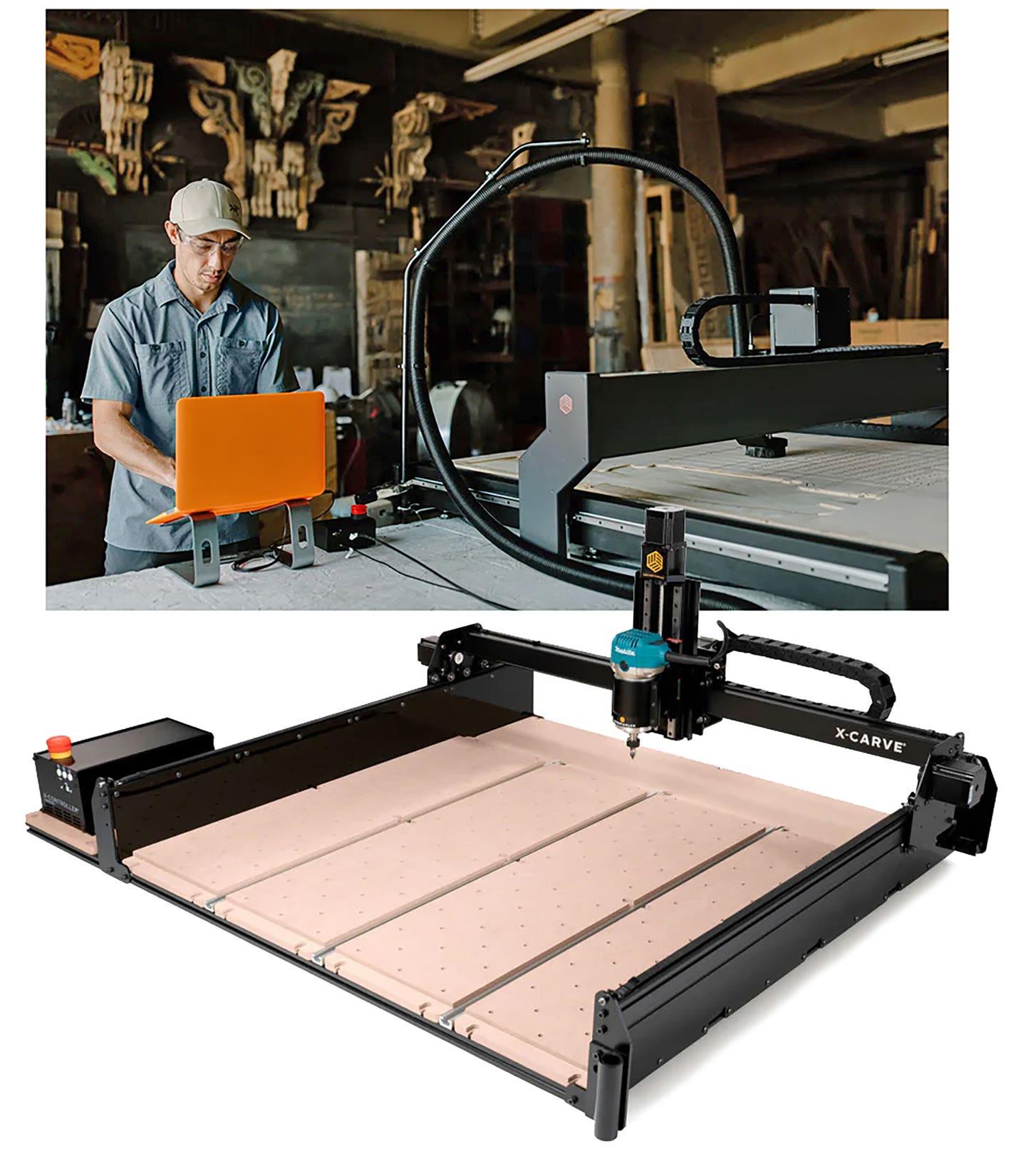Presentation is everything
Shops can get more for their money with today’s CAD software options
While computer-aided design (CAD) is obviously a technical skill, its core is something very human – the ability to communicate effectively. It begins with a client expressing needs and wishes, and the designer listening well. The drawing stage is an effort to use the woodshop’s resources to create acceptable and hopefully cherished solutions, and the rendering step is a way to communicate those ideas to both the client and the artisans who will build them. Rendering has come a long way – the images it produces can be almost photographic and they walk a client through the finished project before the first cut is made in the shop.
One of the most surprising aspects of CAD software is that it can be quite affordable. It has also evolved to the point that it’s very intuitive – a woodworker no longer needs a degree in graphic design or software engineering to run it effectively. Yes, you’ll still need to practice and learn, but that’s true of every aspect of woodworking. The more we build, the better we build.
Mozaik Software (mozaiksoftware.com) has completely eliminated all up-front costs with a monthly option, which allows customers to upgrade or downgrade programs as needed. Company president Roger Taylor says that kind of flexibility is necessary because cabinet shops’ needs are constantly changing, and never more so than now.
To accommodate any size woodshop, the basic Mozaik design package for custom cabinetry in kitchens, baths and closets is offered at just $50 a month, or a manufacturing version is $75. The latter includes the ability to generate door, drawer and cut lists, material and hardware requirements, plus part and cabinet labels. There’s also an optional add-on for optimizing sheet goods, or a shop can buy a complete package for $125 that includes everything it needs to run a CNC, from design to G-code. Other products include CNC Operator, an award-winning, stand-alone, real-time nesting solution designed to be used live at the CNC router; NBM Labels, a nested-based printing option; and ArielVision, a plug-in for Sketchup that delivers near photo-quality renderings.
KCD Software (kcdsoftware.com) also offers monthly purchasing options and publishes packages that cover custom cabinets and closets, CNC and traditional manufacturing, and door making. It has a module for designing with a Cabinotch library. This lets the woodworker show the client 3D images of the completed project, and once the job is approved the shop can order all the cabinets as ready-to-assemble (RTA) units that use Cabinotch joinery. Orders can even include hardware, doors or drawers. KCD also partners with hundreds of equipment and tool manufacturers to provide woodshops with a very custom design-to-manufacturing experience.
Microvellum (microvellum.com) specializes in creating technology specifically for woodworkers. It builds upon AutoCAD’s design abilities and delivers automated manufacturing solutions. Microvellum’s software works for shops of all sizes, from designers and drafting professionals to non-automated small shops or highly automated, large production operations. The company also works with industry suppliers to integrate their products in the design process. For example, the new AvanTech You drawer system from Hettich is available as a hardware expansion in Microvellum’s Toolbox manufacturing platform.
Cabinet Vision (cabinetvision.com) is specifically designed for furniture, woodworking or casegood manufacturers who wish to use a single, fully modular software package to go from design to manufacture. The woodshop can buy only the features it needs and can add specific modules, known as multipliers, as it grows. The software converts designs into all of the information needed on the shop floor to manage the manufacturing process. It also lets the designer resize elements without reprogramming and do tasks such as layout, cut listing, basic rendering and primary estimating functions.
Cabinet Pro (cabinetpro.com) has been publishing casework software since 1986, and the company describes its product as a “solution for both the small cabinet shop and the large manufacturer of cabinets, entertainment centers, doors, desks, closets, and more.” When it comes to designing and presentation, the software produces detailed shop and finished drawings, floorplans, elevations and 3D perspectives. The software can be purchased or rented.
CNC Software Inc. developed Mastercam (mastercam.com) in 1983. The company says its Design module “simplifies the creation of even the most complex parts with a robust suite of CAD tools.” Design is included with Mastercam’s suite of CAM solutions and is also available as a stand-alone product. It can import files from virtually any CAD source and performs full 3D modeling. This is a great solution for tasks such as creating fixtures for work-holding or perhaps building one-of-a-kind furniture.
CabMaster Software (cabmastersoftware.com) offers “seamless integration from design to CNC machine”, and part of the package is an extensive library of styles that the user can easily modify. It also offers simple 3D rendered views, but it has an advanced Photoview option available that creates high quality 3D images. When working with a client in the early design stages, the software includes the ability to create plan and elevation views where multiple elevations can be created per drawing, and even per cabinet. These can also be enlarged to show more precise detail. CabMaster’s basic package, Designer 3D, is available for sale only, but the more advanced Designer CL and Designer Pro packages can be rented for $75 and $115 a month.
EnRoute software from Sai (thinksai.com) is especially suited to shops involved in sign making and nested-based production. Its CAD/CAM design software provides a unique combination of 2D and 3D design and toolpath capabilities for CNC routers, lasers, plasma, waterjet and knife cutters. The design component alone can be rented for $29.99 a month, and the complete package that includes manufacturing tasks such as toolpath and output capabilities is $89.99 per month.
RouterCAD software (routercad.com/software) is an all-in-one solution for cabinet, door and drawer design. It provides detailed access to a CAD-based drawing engine, cabinet libraries, cross sections, assembly sheets, material optimizer, custom report center, cabinet and part labels, and submittals and title blocks.
EPIK (epikltd.com) can help a shop customize its design and CNC solutions.
EuroSoft (eurosoftinc.com) offers several manufacturing solutions such as BlueCell optimizing and nesting, and Cobus NCAD which is a powerful CAD/CAM solution that is noted for its parametric abilities that can quickly rework existing drawings.
Vectric software (vectric.com) is ideally suited to small shops with entry-level CNC equipment, as well as furniture artists and designers of one-of-a-kind parts or projects. Titles include Aspire, VCarve Pro, Cut2D Pro and Cut3D.
For Mac users
Mac is the darling of graphic and art departments in the publishing world, but industrial design leans toward Windows so the options for woodworkers are limited. One possible solution is to use cloud-based software, but even there the pickings are slim. There are, however, several CAD software solutions that will run on a Mac desktop, including Autodesk’s Fusion 360, OnShape, CorelCAD, FreeCAD and LibreCAD.
Fusion 360 (autodesk.com) offers integrated CAD, CAM, CAE and PCB software. This is perhaps a better solution for furniture builders than cabinet shops, as it requires creating graphics from the ground up. It’s very customizable, which is no surprise as the company also publishes AutoCad.
OnShape 3D CAD (onshape.com) works with both iOS and Android apps, and is compatible with iPhone, iPad and iPod touch. The publisher says that it “is a full mechanical CAD platform designed for professional users and extended teams.”
CorelCAD 2020 (coreldraw.com) works on either Windows or Mac. It can create 3D computer graphics that are transformed from 2D designs in a few clicks.
FreeCAD (freecadweb.org) is an open-source Windows, Mac and Linux parametric 3D modeler that was created to design real-life objects of any size. Parametric engineering makes it easy to change designs. And LibreCAD (librecad.org) is a free open-source CAD application for Windows, Apple and Linux where support and documentation are free from its large, dedicated community of users, contributors and developers. These last two programs are going to be more comfortable for woodworkers who are familiar with computer science.
No matter what the preferred platform, shop’s shopping for design and presentation software for casework may wish to check out Cut Ready from Thermwood (thermwood.com). This is an artificial intelligence-based solution that can create custom programs.
Woodshop News contributor Ted Bruning says that several providers are offering virtual reality previews of kitchens and baths. These immersive and interactive presentations are still in their infancy, but expect them to be mainstream very soon, and to incorporate sound with the visuals. For example, Marxent (marxentlabs.com) says its software can “build and furnish a floorplan in 10 minutes or design a kitchen in 15 minutes.” The company’s 3D Shop the Look feature can create 3D room planner scenes from 2D photos. Some of the big box stores are offering virtual design, and online vendors such as Alba Kitchen & Bath (albakitchenandbath.com) offer free 3D VR by appointment.
Presentation isn’t just photo-realistic images anymore.
This article was originally published in the March 2021 issue.







